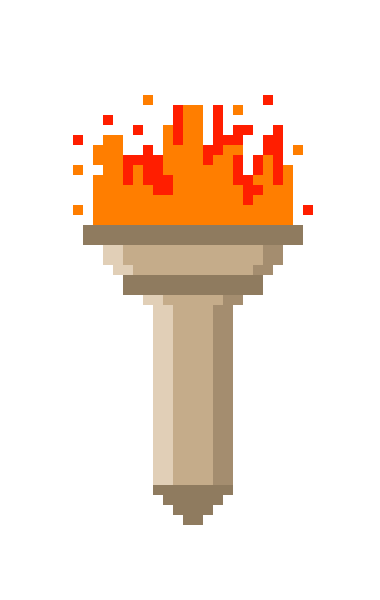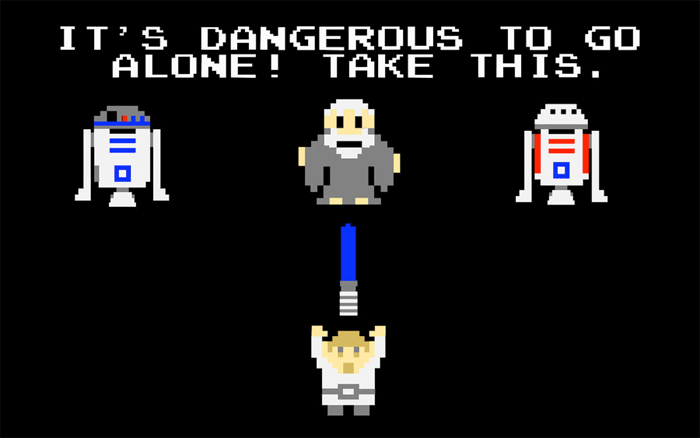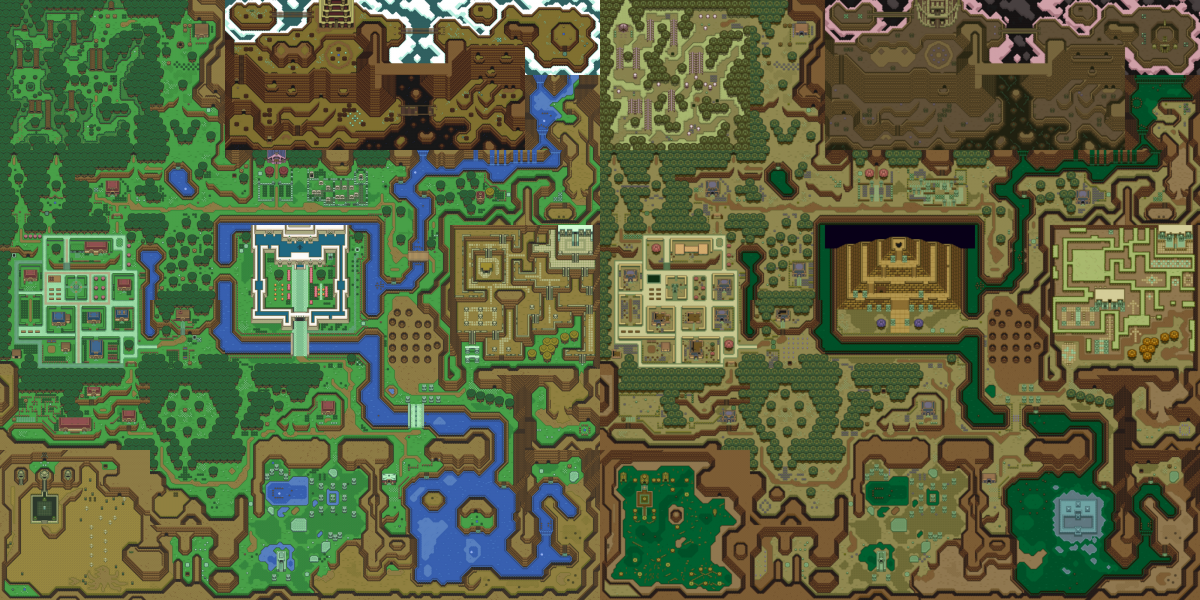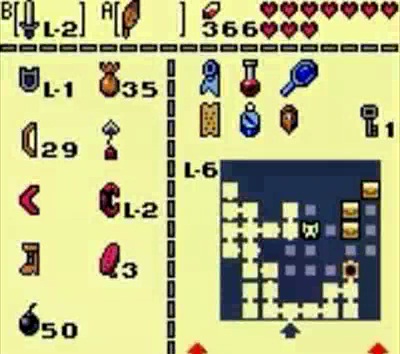Posted on January 20, 2012
“Eastmost Penninsula is the secret.”
I’ve had the idea kicking around my brain for a couple days to start making my own Top Five videos.
I’m not sure what it is, but there’s something oddly satisfying about taking my favourite things, grouping them together and ranking them however I want. Sites like IGN and GameTrailers have their own countdowns, and I’m immediately drawn to them whenever they’re posted. Even if I disagree with the order of some, it’s just one of those things that someone is fully entitled to, and you can’t help but be intrigued by this person’s (or website’s) point of view. It might even open my eyes to a whole new game I would have never known about otherwise.
In thinking about my possible Top Fives lists, the Legend of Zelda series pops into my head (along with many other franchises, of course). This isn’t only because I’m currently up to my neck in Skyward Sword awesomeness, but because the series has had a way of re-inventing itself every single time there’s a new entry.
How the heck am I really going to narrow Zelda anything down to 5’s or 10’s?? Even when taking a broad look at them (like a “Top Five Zelda Games” list would do), there are so many things to take into consideration.
Exhibit A – The Top-Down Games
By now, we know that every game in the series has a hook. While the original introduced a new way of playing adventure games (large map with many secrets, unique weapons, dungeons that can be fought in any order, etc.), A Link to the Past introduced an alternate dimension for Link to travel to, and opened up a bevy of puzzle possibilities by travelling from the Light World to the Dark World.
Link’s Awakening took us far, far away from Hyrule to a place called Koholint Island. Furthermore, Koholint Island wasn’t even a real place, but a figment of Link’s imagination – in the end, his adventure turns out to be a dream. Cliché, perhaps, but the Game Boy’s limited number of buttons made for a gameplay alteration that once again pushed developers to come up with ingenious puzzles. Why slap a function on the A and B buttons and call it a day? Why not swap items and combine them to surpass some kind of obstacle?
Combine arrows and bombs for exploding arrows? Check. Combine the feather and Pegasus Boots for a running jump over a pit of lava? Check. The sword was always a valuable weapon, but the hookshot could do the trick in a pinch, if it needed to. In fact, that was sometimes needed.
Four Swords Adventures was actually great because of what it dared not to do. Why have a land you can explore freely, when it’s laid out in front of you in a linear fashion? Why have a vast inventory of items, when your Links can pick them up and put them down in favour of others along their journey? The puzzles and fun were intact, but the sometimes-too-much-to-handle vastness of Hyrule was gone. I found it to be a refreshing change of pace.
I haven’t had a chance to play much of the two Game Boy Color entries that link (ha!) to each other via password system. Oracle of Ages focused on puzzles, while Oracle of Seasons was action-oriented – or perhaps it was the other way around, I’m not sure yet. I’ve only played through the first half or so of The Minish Cap, but I know that there are plenty of fantastic moments – not to mention fantastic throwbacks, as well – to be had in all three of those games.
Exhibit B – The 3D Adventures
What can I say about Ocarina of Time that hasn’t already been beaten to death? Well, from the simplicity of the Z-targeting system, to complex dungeons capped by curiously satisfying boss battles (even if you were losing spectacularly, you could still come out on top), it pretty much had everything that other games of the time didn’t have. It was massive, but felt small and familiar at the same time, like I’d traveled to all these areas before.
Though I’ve played through it several times, it’s gotten a bit stale. Somehow, I still feel like buying a 3DS for the sole purpose of going through this game one more time. That’s the true power of the Ocarina, I guess.
The Wind Waker ranks right up there among my favourites, quite possibly because of the simple fact that it looks amazing. I was in shock with everyone else when I saw that first trailer in 2001, more than ten years ago. Sure, it looked artsy, but could it really develop into a genuine Zelda game?
It actually helped each character become even more expressive, if you can believe it. On top of that, the area you could explore was simply massive! Even though sea travel seemed a bit tedious at first, delving deeper into the seemingly tiny islands that made up the Great Sea was quite fascinating. The morbid curiosity from the original NES title was back, and you really felt like exploring, just to know what happened if you entered an island a certain way, blew up a boulder, or simply climbed to the peak of a mountain.
Into the motion-control generation Zelda games went, and Twilight Princess didn’t disappoint. The game was bloody huge, and more or less offered a lot of the same things – just better-looking – that were in Ocarina of Time and The Wind Waker. You could turn into a wolf, and sniff out different scents to gain access to new areas. I suppose that was a different way of approaching things.
Skyward Sword is somewhat of a spiritual successor to TP, mostly due to the similar visual style. It’s also one of the more complex, and well thought-out games in the series. Critics and fans alike have gone so far as saying it is the best in the entire series – something I can’t quite agree with, but it’s right up there, all the same. Undeniably, it’s incredibly fun to figure out every brain teaser you come across, and the superb 1:1 controls are worked into the game in a way that compliments it nicely, instead of having it feel gimmicky.
Exhibit C – The “Black Sheep”
To some, these games are considered among the greatest the series has to offer. To me, they’re the games that weren’t necessarily bad, just… different. Not that that’s a bad thing!
As mentioned in my post about Zelda II: The Adventure of Link, it took me a while to realize I was actually playing the follow-up to a game I already knew and loved. Gone was the overworld and your ability to attack foes. Instead, it was replaced by a traditional turn-based RPG mechanic of “encounter enemy on the board, prepare for battle”. To fight those enemies, the game played like many platformers did at the time, and became the only Zelda title thus far to have a side-scrolling element.
But… I still loved it.
Majora’s Mask is grouped with the games down here because… well, because it’s so weird. Even though Link’s Awakening took place outside of Hyrule’s border, MM looks and feels like it should be similar to OoT. Anyone who has ever played it, however, knows just how wrong a statement that is. The three day cycle takes a bit of getting used to, but once you’re acclamated, you find a world full of characters and enemies unlike anything you’ve ever seen before. I’ve only played through about half the game, so far.
But… I still loved it.
The next two – er, the final two – I have lumped together into one… perhaps that’s a bit unfair, considering I haven’t even played one of them. Phantom Hourglass is definitely fun; I had a great time playing through what I’ve played through so far… but it’s just… on a handheld console. I can’t seem to commit myself to games on a “console” that seems to have been built for vacationing.
I know that’s not true, but I sometimes have a rough time getting around that stigma. I usually just cave and go back to playing something on a bigger screen. It’s unfortunate, because I’ve undoubtedly missed out on many great games because of this.
Still… I enjoyed it, and I want to pick up Spirit Tracks whenever I find it at a decent price.
What the heck was this random tangent all about? Well, the 35+ hours I spent playing (and beating) Skyward Sword had me on a constant trip down memory lane. It was recently announced that the new Wii title is chonologically first in the convoluted Zelda storyline, and it really does set the story of Zelda and Link in motion.
I can’t spoil anything, but everything I grew up enjoying as a kid now has a definitive origin… and as a longtime fan of the series, I’m quite satisfied with that.




